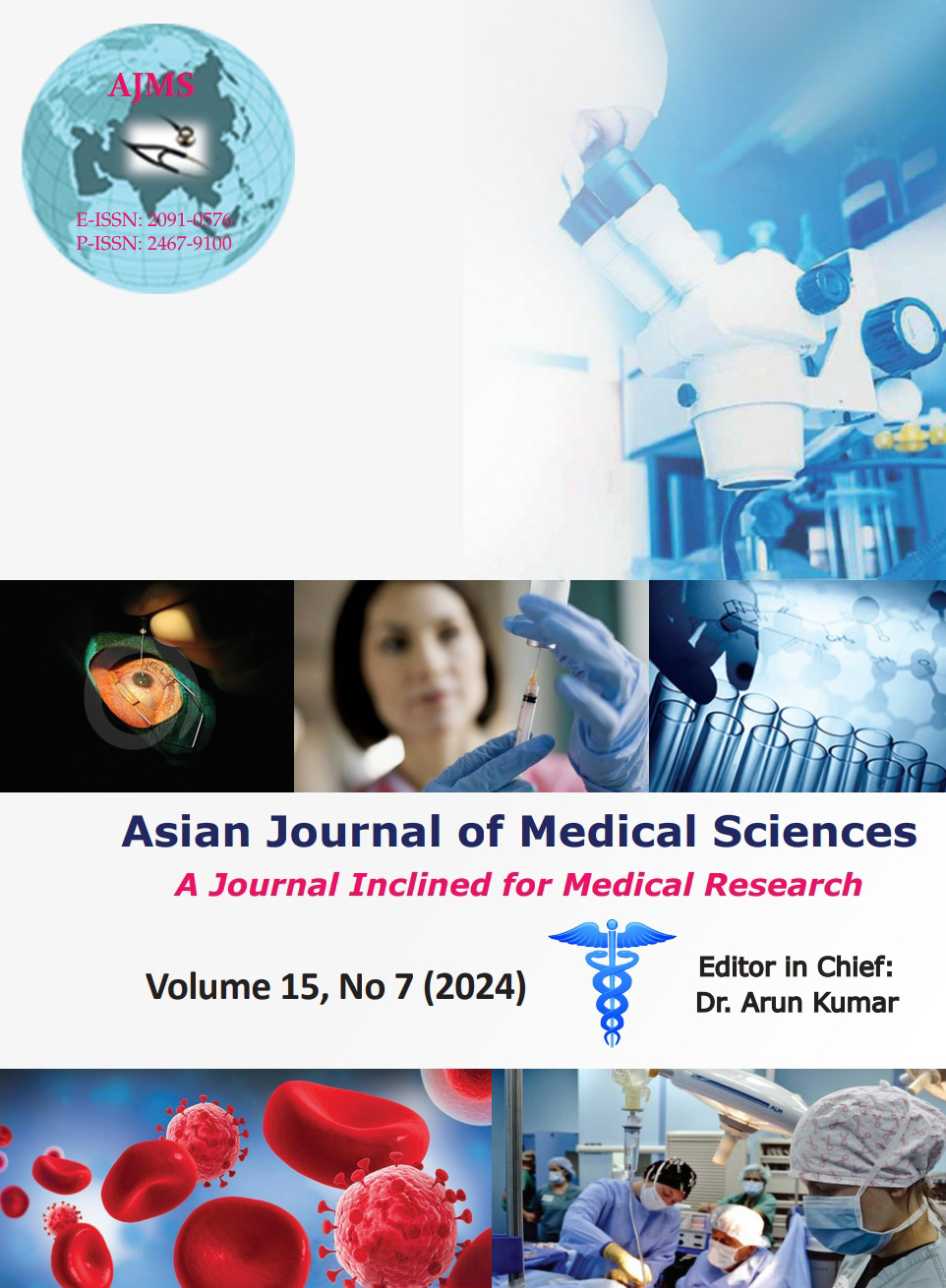Clinical pattern of vernal keratoconjunctivitis in children – A cross-sectional study
Keywords:
Allergic disease; Itching; Papillae; Vernal keratoconjunctivitisAbstract
Background: Vernal keratoconjunctivitis (VKC), a chronic and bilateral allergic eye condition, predominantly affects young males and is more prevalent in hot, humid regions with high allergen exposure. It manifests with itching, light sensitivity, burning sensations, and tearing. The three main clinical forms include limbal or bulbar, palpebral or tarsal, and mixed presentations.
Aims and Objectives: This study aimed to describe the clinical patterns of VKC in children at a tertiary care hospital in Andhra Pradesh.
Materials and Methods: This cross-sectional observational study was conducted in a hospital setting at the Department of Ophthalmology, SV Medical College in Tirupati, Andhra Pradesh, between January 2021 and January 2022. Ninety children aged 5–12 years with symptoms of allergic conjunctivitis were enrolled in the study. The Bonini grading system was used to grade the severity of the disease based on clinical manifestations at the time of initial presentation.
Results: Mean age of disease onset was 8.6±2.3 years, with a male-to-female ratio (M: F) of 2.1:1. The majority of the subjects experienced seasonal occurrence 69 (77.0%), whereas 21 (23%) had perennial occurrence. The commonly reported symptoms included itching (83%), redness (73%), watering (73%), and discharge (47%). A significant number of patients (60, 69%) had a mixed type of disease that affected both the tarsal and bulbar conjunctiva.
Conclusion: VKC predominantly affects young males, displaying a seasonal distribution and showing less allergic association, consistent with patterns observed in other tropical regions. Most patients had mild VKC at presentation, and a mixed-form pattern was most frequently observed.
Downloads
Downloads
Published
How to Cite
Issue
Section
License
Copyright (c) 2024 Asian Journal of Medical Sciences

This work is licensed under a Creative Commons Attribution-NonCommercial 4.0 International License.
Authors who publish with this journal agree to the following terms:
- The journal holds copyright and publishes the work under a Creative Commons CC-BY-NC license that permits use, distribution and reprduction in any medium, provided the original work is properly cited and is not used for commercial purposes. The journal should be recognised as the original publisher of this work.
- Authors are able to enter into separate, additional contractual arrangements for the non-exclusive distribution of the journal's published version of the work (e.g., post it to an institutional repository or publish it in a book), with an acknowledgement of its initial publication in this journal.
- Authors are permitted and encouraged to post their work online (e.g., in institutional repositories or on their website) prior to and during the submission process, as it can lead to productive exchanges, as well as earlier and greater citation of published work (See The Effect of Open Access).




